Questionnaire rates social skills during play
Researchers can use the Manchester Inventory for Playground Observation, a questionnaire that rates children’s interactions with their peers, to reliably measure social skills in children with autism.
Emerging tools and techniques that may advance autism research.

Researchers can use the Manchester Inventory for Playground Observation, a questionnaire that rates children’s interactions with their peers, to reliably measure social skills in children with autism.
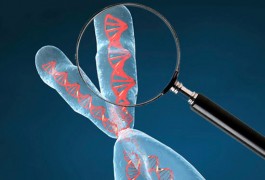
By comparing the DNA of thousands of children who have developmental disabilities to that of controls, researchers have identified numerous mutations likely to contribute to disease.

Researchers are creating a population of inbred lab mice with the potential to produce thousands of genetically diverse strains. Experiments using the first of these mice are published in the August issue of Genomic Research.
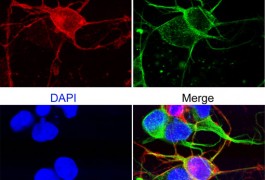
A new technique allows researchers to make stable modifications to neurons by incorporating modified amino acids into the proteins of stem cells. The method permits researchers to investigate neuronal function in live, intact cells.
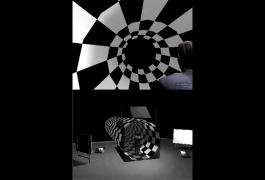
With a few screen projectors, a pair of three-dimensional glasses and an 8-foot cubicle, researchers have transported adolescents with autism into shaky virtual worlds and discovered that they have surprisingly stable posture.
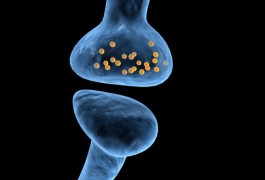
An elegant microscopy technique reveals that neurons can regulate how quickly they recycle chemical messengers, according to a study published in July in Nature Neuroscience. This process is believed to be the limiting step in the speed of signaling across neuronal junctions.
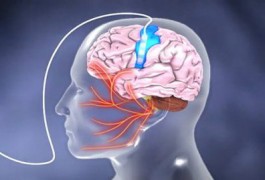
An ingenious new technique may allow small brain implants to release chemicals when and where they are needed, according to a study published 2 June in the Journal of Neural Engineering.
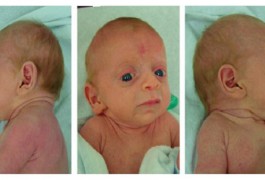
A new computer algorithm has identified the gene responsible for a newly discovered human disease, researchers report this week in The American Journal of Human Genetics. Unlike traditional methods, the algorithm takes into account both the odds of a particular genetic variant being associated with the disorder and the variant’s effect on protein function.
A powerful magnet that alters brain activity has shown that a brain region responsible for language may function differently in adults with Asperger syndrome than in controls, according to a study published in the July issue of the European Journal of Neuroscience.
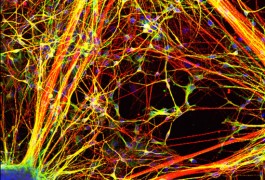
Human skin cells can be converted directly into functional neurons, bypassing a reprogramming step that is part of the typical procedure, according to a study published 26 May in Nature.






